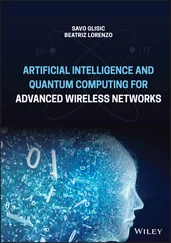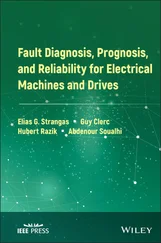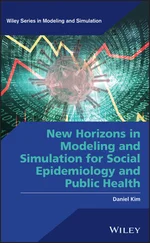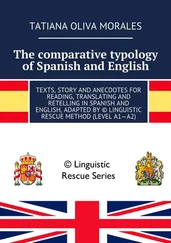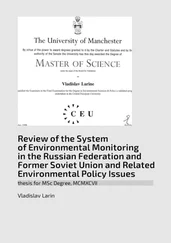Patrick Muldowney - Gauge Integral Structures for Stochastic Calculus and Quantum Electrodynamics
Здесь есть возможность читать онлайн «Patrick Muldowney - Gauge Integral Structures for Stochastic Calculus and Quantum Electrodynamics» — ознакомительный отрывок электронной книги совершенно бесплатно, а после прочтения отрывка купить полную версию. В некоторых случаях можно слушать аудио, скачать через торрент в формате fb2 и присутствует краткое содержание. Жанр: unrecognised, на английском языке. Описание произведения, (предисловие) а так же отзывы посетителей доступны на портале библиотеки ЛибКат.
- Название:Gauge Integral Structures for Stochastic Calculus and Quantum Electrodynamics
- Автор:
- Жанр:
- Год:неизвестен
- ISBN:нет данных
- Рейтинг книги:3 / 5. Голосов: 1
-
Избранное:Добавить в избранное
- Отзывы:
-
Ваша оценка:
Gauge Integral Structures for Stochastic Calculus and Quantum Electrodynamics: краткое содержание, описание и аннотация
Предлагаем к чтению аннотацию, описание, краткое содержание или предисловие (зависит от того, что написал сам автор книги «Gauge Integral Structures for Stochastic Calculus and Quantum Electrodynamics»). Если вы не нашли необходимую информацию о книге — напишите в комментариях, мы постараемся отыскать её.
, left off,
introduces readers to particular problems of integration in the probability-like theory of quantum mechanics. Written as a motivational explanation of the key points of the underlying mathematical theory, and including ample illustrations of the calculus, this book relies heavily on the mathematical theory set out in the author’s previous work. That said, this work stands alone and does not require a reading of
in order to be understandable.
Gauge Integral Structures for Stochastic Calculus and Quantum Electrodynamics Stochastic calculus, including discussions of random variation, integration and probability, and stochastic processes. Field theory, including discussions of gauges for product spaces and quantum electrodynamics. Robust and thorough appendices, examples, illustrations, and introductions for each of the concepts discussed within. An introduction to basic gauge integral theory. The methods employed in this book show, for instance, that it is no longer necessary to resort to unreliable «Black Box» theory in financial calculus; that full mathematical rigor can now be combined with clarity and simplicity. Perfect for students and academics with even a passing interest in the application of the gauge integral technique pioneered by R. Henstock and J. Kurzweil,
is an illuminating and insightful exploration of the complex mathematical topics contained within.
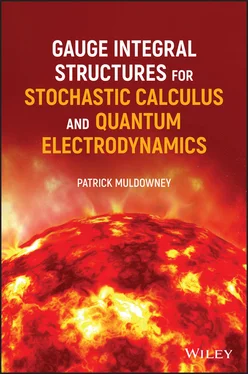
 are the same as before, but because the probabilities are different, the expected net gain is now
are the same as before, but because the probabilities are different, the expected net gain is now 


 of the random variable
of the random variable  (or
(or  ). The framework for this is as follows. Consider any subset
). The framework for this is as follows. Consider any subset  of the sample space
of the sample space
 . For instance,
. For instance,  , which is a member of the family
, which is a member of the family  of all subsets of
of all subsets of  .
. is defined on the family
is defined on the family  of measurable subsets of
of measurable subsets of  . A random variable
. A random variable  is a real‐number‐valued, and
is a real‐number‐valued, and  ‐measurable, function
‐measurable, function
 are the numbers in the right‐most column of Table 2.4. The latter set is finite; and every finite subset, such as
are the numbers in the right‐most column of Table 2.4. The latter set is finite; and every finite subset, such as  , is measurable. In fact, with sample space
, is measurable. In fact, with sample space  chosen in this way,
chosen in this way,  is the identity function, since we have chosen
is the identity function, since we have chosen  so that its elements are the distinct values
so that its elements are the distinct values  .
. of
of  ‐outcomes, such as
‐outcomes, such as  , the classical theory requires that the corresponding set
, the classical theory requires that the corresponding set  be found so that
be found so that
 is chosen as simply the set of outcomes
is chosen as simply the set of outcomes  ;
;  is the identity function; and
is the identity function; and